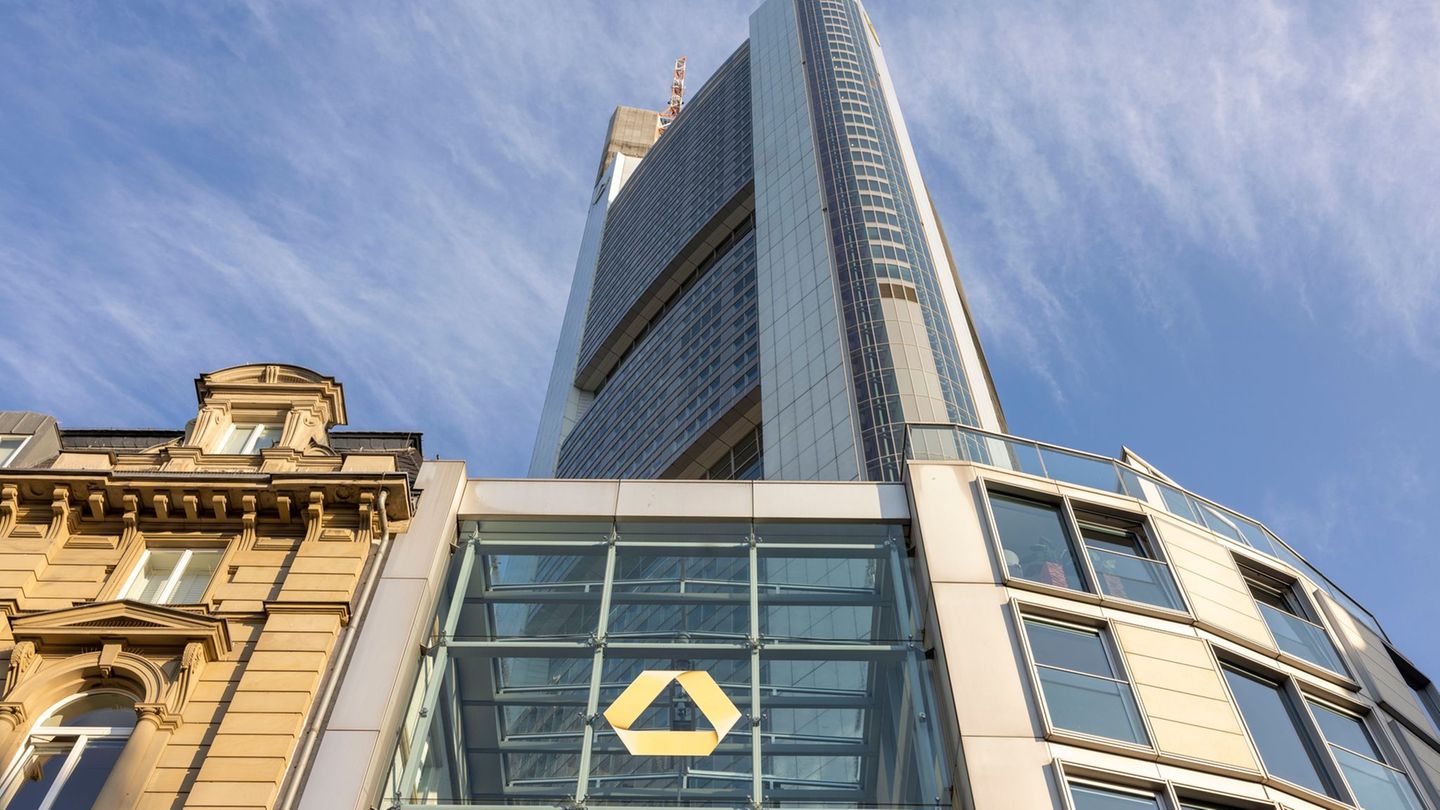Increased interest rates and possible climate protection requirements unsettle real estate buyers. According to a study, those who still strike do so further and further in the surrounding area. It also shows where it is most worthwhile.
Idyllic and cheap in the country or hip and expensive in the big city – young families in particular often have no choice when it comes to this question. Because living in some metropolises is hardly affordable anymore, they are drawn to the so-called commuter belt. But buying a property is also becoming more and more expensive in the areas around Berlin and Munich, as a current study shows. So expensive that commuters are willing to go further and further.
Wherever you can get to the city easily by public transport or the motorway, the surrounding area is booming, says real estate economist Pekka Sagner from the German Economic Institute. The IW, together with the Allensbach Institute, has compiled data and assessments of living in Germany on behalf of the Sparda banks. Another result: The sharp rise in interest rates and the uncertainty surrounding renovations to protect the climate are making many potential buyers undecided. Banks are observing a wait-and-see attitude and are calling on politicians to finally speak plainly.
country versus city
Overall, according to the study, consumers save more than a third of the purchase price when buying a house or condominium if they move to the country instead of the city. In the cities, the average price is 4180 euros, in the countryside 2806 euros per square meter. In the seven metropolises, i.e. the largest cities, you even pay an average of 6038 euros per square meter. Overall, square meter prices in cities, metropolises and in rural areas have risen by more than a fifth on average over the past two years. The gap between cheap and expensive regions continues to widen.
Metropolises are losing young families
All of the seven major cities are losing population aged 30 to 50, especially Frankfurt, Stuttgart, Munich and Cologne. The researchers conclude that young families are more likely to move to the surrounding areas and to the countryside, where property is cheaper. The Berlin area, such as the district of Dahme-Spreewald, which borders directly on the capital, is gaining most clearly in this age group. Young people under 30, on the other hand, continue to be drawn to large and university cities such as Munich and Berlin, but also to Regensburg, Leipzig and Erlangen.
As a result, prices in the surrounding areas of six of the seven metropolises have risen more sharply than in the city itself. This is most evident in Berlin and Hamburg. Only in Frankfurt am Main is the trend balanced.
Where moving to the commuter belt brings the most
According to the study, moving from the metropolis to the surrounding area is particularly worthwhile in Düsseldorf, Frankfurt and Hamburg, where buying real estate in the commuter belt is 40 to 45 percent cheaper than in the city. In the Berlin and Cologne area you save about a third. Around Stuttgart and Munich, on the other hand, houses and condominiums are now so expensive that you save less than a fifth.
The price of a home – and its financing
On average, a buyer puts 388,000 euros on the table for a condominium or a house in Germany. That is 7.8 annual net income. Depending on the location, you get a very different amount of living space: from an apartment with 44 square meters in Munich to a house with 451 square meters in the Kyffhäuser district in Thuringia. In none of the seven metropolises can you get more than 90 square meters of living space, most in Cologne with around 81 square meters.
On average, the buyers take out a loan of 328,000 euros to finance the purchase. They add 60,000 euros in equity, which is a little over 15 percent.
Buy or rent?
Around 48 percent of Germans live in their own house or apartment. According to the study, this is very much related to monthly income and the size of the city in which you live. Nationwide, the home ownership rate has been stagnating for 12 years, making Germany last in the EU. For Sagner, “looking back on the historical interest rate phase, this is a missed opportunity” because many citizens dreamed of owning their own property.
In fact, according to the survey, only 12 percent of the more than 1,000 respondents have seriously considered buying a property in the past two to three years. 8 percent bought, for three quarters it didn’t matter.
Almost every second potential buyer is currently undecided and waiting. According to the scientists, this has a lot to do with the uncertain interest rate situation, but also with political decisions. Ancillary acquisition costs such as real estate transfer tax and costs for a notary and entry in the land register are becoming ever greater hurdles.
The chairman of the board of the Association of Sparda Banks, Florian Rentsch, observes increased uncertainty among people. “Especially the issue of energetic renovation and the obligation that I may enter into when buying an existing property play a role,” he says. Do I have to invest in a heat pump, renovate the roof or insulate for the foreseeable future? Politically, it is urgently necessary to state clearly what is in store for real estate owners.
Source: Stern




